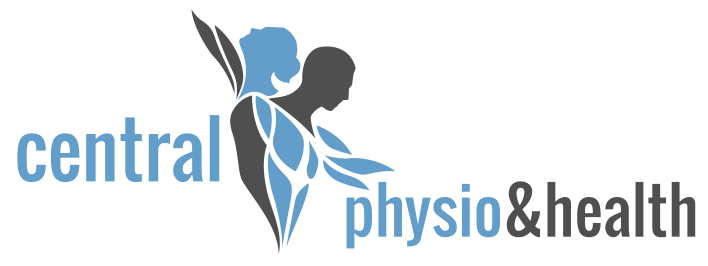Pilates is a “body-mind exercise that focuses on strength, core stability, flexibility, muscle control, posture and breathing” (Wells, Kolt & Bialocerkowski, 2012). Pilates exercises can be either done on the floor or a reformer. A reformer is “a carriage supported by horizontal frame members, the carriage is configured to translate along at least a portion of a length of the horizontal frame members and has a planar support surface” (Aronson, Targownik, Sampson, Mackay & Fletcher, 2013).
Pilates is used for several different purposes depending on the client’s goals. Traditional Pilates focuses on concentration, precision of movement, breathing, flow and control of movement, therefore Pilates is good at improving these particular aspects. Clinical Pilates with a Physiotherapist generally focuses on tailoring a Pilates program to an individual’s goals and or rehabilitating motor patterns/habitual postures from incorrect and dysfunctional movement to functional movement.
Basically this means rehabilitating motor patterns so the correct muscles are functioning and activating instead of compensatory muscle patterns taking over causing dysfunction and often pain. Clinical Pilates has all the benefits that general physical activity has on the body such as a reduced risk for “cardiovascular disease, diabetes, cancer, hypertension, obesity, depression and osteoporosis and premature death” (Warburton, Nicol & Bredin, 2006), along with postural, motor control, strength and flexibility benefits.
Vianna Ross
Physiotherapist
Master of Physiotherapy, APAM
References:
Aronson, J. M., Targownik, J. L., Sampson, N. J., Mackay, S. L., & Fletcher, R. L. (2013). U.S. Patent Application No. 14/029,794.
Warburton, D. E., Nicol, C. W., & Bredin, S. S. (2006). Health benefits of physical activity: the evidence. Canadian medical association journal, 174(6), 801-809.
Wells, C., Kolt, G. S., & Bialocerkowski, A. (2012). Defining Pilates exercise: a systematic review. Complementary therapies in medicine, 20(4), 253-262.


